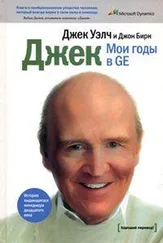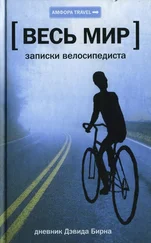Nito attempts to tell me what the various cumbia CDs he gave me represent. He says, “The words are deep, important, like Leonard Cohen.” Somehow I doubt that it is the appropriate analogy, as this musical style is usually the favorite of poor people, and it reflects their concerns, as rap did at one time in North America. But I can see what he means. There is deep poetry here, in the way we think of blues as being deeply poetic, within its self-imposed structural and verbal parameters. Others might claim that Tupac or Biggie Smalls were likewise unacknowledged deep poets working within the parameters of vernacular speech and phrasing.
Nito said that rock and roll is now viewed as the music of the big companies, as it emanates from the large, usually northern, wealthy countries, and therefore it is no longer considered to be the voice of the people—not even of the people where it comes from. I have to agree that seen from here, contemporary rock is the product of foreign, often North American, multinationals. Their marketing muscle has made it bland, predictable, and ubiquitous. It’s a corporate product that is (or was) being exported. No matter what or who the artist may be, no matter how well-intentioned someone like me might think he is, our music, when it is sold here, is invariably tainted by who is selling it and where it comes from. That said, international “rock” was an important part of the musical diet for a generation here. It’s in everyone’s blood. It’s a lingua franca, even if places like Argentina, far from the northern “source” of rock, no longer look to the north for musical news and inspiration.
Oddly enough, when I first played here it was with a large Latin band, which must have been a bit of a shock to those expecting to hear “Psycho Killer.” We did a lot of salsa, cumbia, and sambas. I did do “Psycho Killer,” but with two berimbau s—a Brazilian one-stringed “rhythm” instrument that is usually associated with the martial art/dance capoeira. I was a little shocked when I played that concert. I thought for sure the various grooves and flavors of Latin music would all be familiar here, even if the current generation didn’t play them, but they weren’t. I was under the mistaken impression that those infectious Latin rhythms I hear all over New York City would be familiar all over South America. Boy was I wrong. Although there are a few—a very few—Latin American artists whose appeal extends across the whole continent (and often to Europe as well) most of the regional styles have, well, regional audiences. There’s a salsa, cumbia , bachata, and reggaeton audience that encompasses the Caribbean basin along with immigrants from there who have settled in New York, but except for a couple of artists, that music, which was for decades a strong part of New York’s musical landscape, didn’t penetrate south of the equator.
So it turned out in a small way that Mr. Psycho Killer was bringing salsa and samba to Buenos Aires! I imagined I would be bringing coals to Newcastle (or “sand to the beach,” as the Brazilians would say). I imagined I had made a big effort to import something that was already familiar or available in copious quantities, but it seems the world is not as simple as that.
Now many of the bands here have increasingly incorporated local grooves and styles into what was once essentially a version, however creative, of northern rock. This, some think, may limit their international audience (though I tend to think the reverse is true). Nito says that he is content knowing that their band may never be “international.” He’s proud that they represent the culture and identity of this region, which he knows may limit them commercially but he feels is right and proper.
Día de los Niños
The next day during the afternoon I ride my bicycle out to a park where I notice that there is a “shrine” that consists of a small statue of a saint, and around him offerings of plastic bottles of water—hundreds of them—all over the place. At first glance, if one didn’t know better, it almost looks like a recycling depot. But this has that distinctive, unmistakable appearance of a deliberate human act. An act of faith, a process that has created a nexus of desire and magic. The bottles have a purposeful look, not the look of a heap of rubbish. These everyday objects have been ordered and activated, given power and significance, and charged with hopes and longing. Even if one doesn’t believe, one can sense that a creative and spiritual act has taken place. A transference of will from inside to outside. I take a few photos and then pedal on.
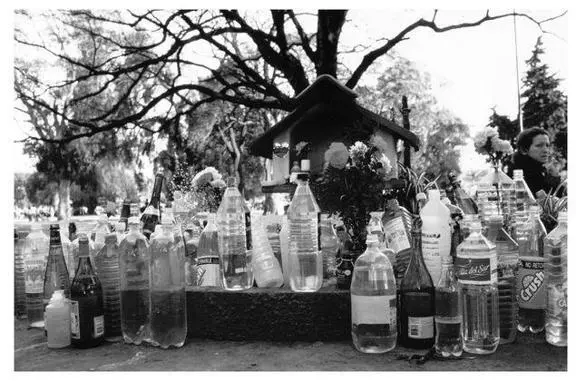
A Village of the Dead
I continue to ride around town. Some of the larger multilaned boulevards are bike challenging, so sometimes I opt for the side streets. Since each neighborhood is more or less on a grid it’s not that hard to figure out how to navigate this city. Sometimes I can even move from neighborhood to neighborhood and stay almost exclusively within elongated parks or along the riverfront promenade.
I pass through Recoleta. It’s a little like the Upper East Side in Manhattan or the Sixteenth Arrondissement in Paris: elegant, older, European-style apartment buildings with ornate carvings; well-off patricians, mostly older women and gentlemen; fancy clothing boutiques; and upscale restaurants. Here is the cemetery where Evita is buried. The graves in the cemetery are mostly aboveground, as they are in New Orleans, but with a huge difference: these are big, ostentatious tombs—they could be the tombs of kings and queens. The caskets and their inhabitants are even visible through the glass doors of many of these “little palaces.” For that’s exactly what these are—big houses. This place is a neighborhood, a barrio, exclusively for the dead. A whole city, a necropolis. In many of the “homes” one can also see stairs going down into semidarkness where I can just make out more shelves holding more inhabitants. This is where I presume the previous generation “lives.”
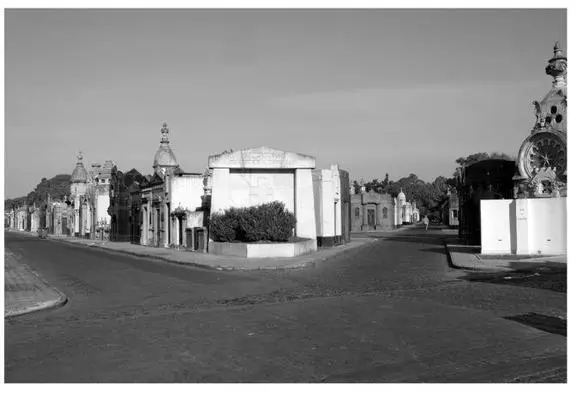
In another necropolis—la Chacarita—there is the grave of Carlos Gardel, the famous tango artist who died in a plane crash. The tomb is covered in plaques commemorating his influential work and inspiring example.
There are long avenues of “buildings” in varied architectural styles—art deco, classic Greco-Roman, gothic, modern—block after block, an entire metropolis just for the dead, built on a slightly reduced scale from the real city outside the high walls that surround the cemetery. A few men sweep and clean away dead flowers, while a few visitors wander aimlessly, and a few bring fresh flowers.
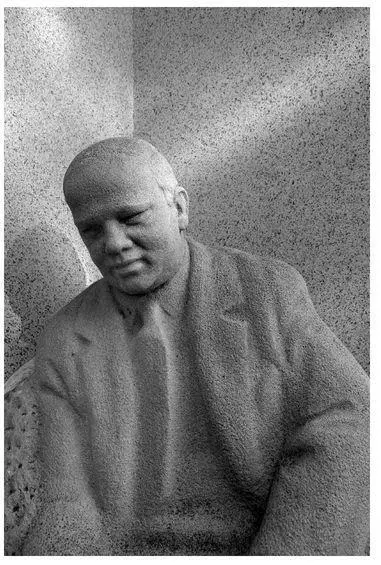
Some citizens of the city are upstanding, while others are tired of living.

And some will soon be devoured by buzzards.
Musical Connections
I’m performing tonight, sitting in on a couple of songs with the local band La Portuaria, whose lead singer, Diego Frenkel, is an acquaintance of mine. Diego’s wife appears in the afternoon, carrying their new baby. She was in the original company of the De La Guarda theatrical piece Villa Villa when that group came to New York City. When I saw that show—and was swept up into the air by a man with hairy butt cheeks—I imagined it was a kind of political allegory, a celebration of release, freedom, and anarchy after years of dictatorship—a roar of freedom, yet still an acknowledgment of the painful and terrifying past. I might have been imagining all that, projecting my own ideas about Argentine culture and memory onto a freewheeling piece of physical theater. But maybe a theatrical explosion like this happens after being bottled up?
Читать дальше





